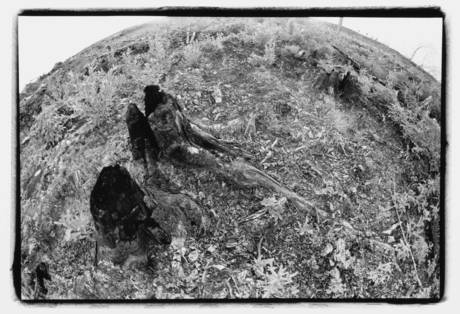
Asubpeeschoseewagong – the Indigenous or Anishinaabe name for Grassy Narrows is situated 80 kilometers north of Kenora, Ontario in Canada. The band membership is approximately 1,000, and their traditional territory spans a forest of approximately 2,500 square miles. The community has lived sustainably for millennia, using the forests, rivers and lakes for physical, economic, cultural and spiritual sustenance. Approximately 50 percent of community still depend on hunting, trapping, and gathering berries and medicines from the land.
The Grassy Narrows community has been through many traumas including forced attendance in church-run residential schools, coerced relocation away from their traditional living areas, hydro damming flooding sacred sites and wild rice beds, mercury contamination, clearcut logging of their forests, and mining.
These traumas have led to many social, health and economic problems, as well as the devastation of the culture. For thousands of years this community has been strong and self-reliant. Now, as a result of the continued economic dispossession, racism, and cultural anniliation that they have suffered, Grassy Narrows exhibits the signs of distress that have become typical of First Nations communities across Canada. Indigenous people, as compared to any other racial or cultural group in Canada, have the lowest life expectancies, highest infant mortality rates, substandard and overcrowded housing, lower education and employment levels, and the highest incarceration rates. Native people lead in the statistics of suicide, alcoholism, and family abuse.
In the face of this oppression, the people of Grassy Narrows are actively resisting the continued destruction of their territories, re-occupying their lands, reviving their culture and fighting for control over their lands and self-determination.




